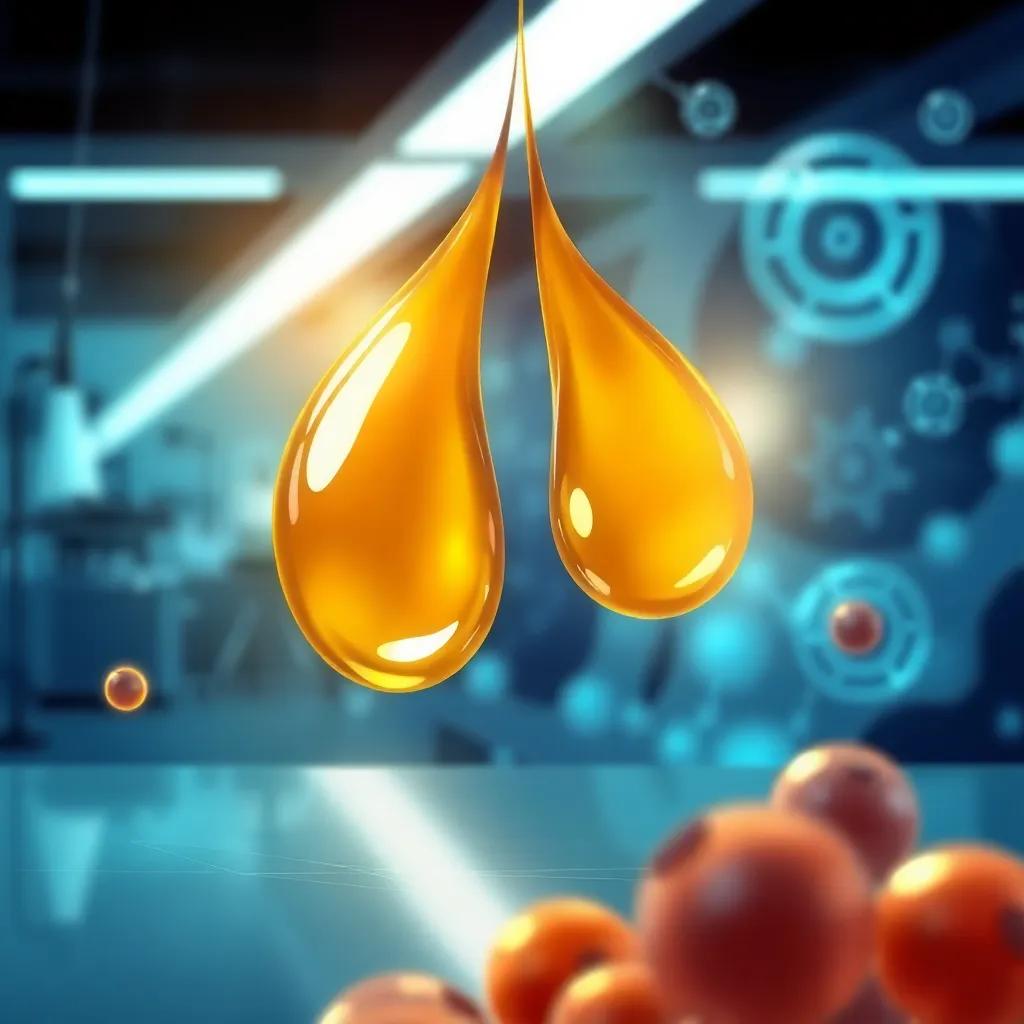Exploring the potent combination of curcumin and EGCG in anti-aging skincare, their mechanisms, formulation challenges, and regulatory landscape.
Recent advancements in combining curcumin and EGCG in nanostructured lipid carriers show promising anti-aging effects while facing complex regulatory hurdles.
The science behind curcumin and EGCG synergy
Recent studies have demonstrated remarkable synergy between curcumin from turmeric and epigallocatechin gallate (EGCG) from green tea in anti-aging formulations. A June 2023 study published in the Journal of Cosmetic Dermatology
found that nanostructured lipid carriers (NLCs) containing both compounds achieved 92% entrapment efficiency and demonstrated 48-hour skin retention in vivo models.
Dr. Hyejin Kim from Seoul National University announced in a press release that the combination boosts SIRT1 activity by 40% compared to standalone formulations, creating a potent anti-aging effect that targets multiple pathways simultaneously.
This finding was particularly significant as SIRT1 proteins play a crucial role in cellular aging processes.
Formulation breakthroughs and challenges
The formulation process presents unique challenges. New Delhi researchers published a method on July 10, 2023 that enhances curcumin-EGCG solubility by 300% using modified NLC matrices. However, as noted in L’Oréal’s recent patent (WO2023084567) filed on May 15, 2023, thermal stability remains a significant hurdle for commercial applications.
Market research firm Kline reports that cosmeceutical skincare grew 14% year-over-year in Q2 2023, significantly outpacing traditional anti-aging products,
indicating strong market potential for these advanced formulations.
Regulatory landscape and compliance
The combination of nutraceuticals (classified as supplements) with cosmetic delivery systems creates complex regulatory challenges. The FDA has issued several warning letters in 2023 regarding anti-aging claims that cross into drug territory. Cosmetic chemists are now navigating this boundary through precise language and third-party clinical validation.
As the global anti-aging market is projected to reach $119.6 billion by 2030, with nutraceutical-infused skincare growing at 8.2% CAGR, resolving these regulatory questions becomes increasingly urgent for industry stakeholders.




